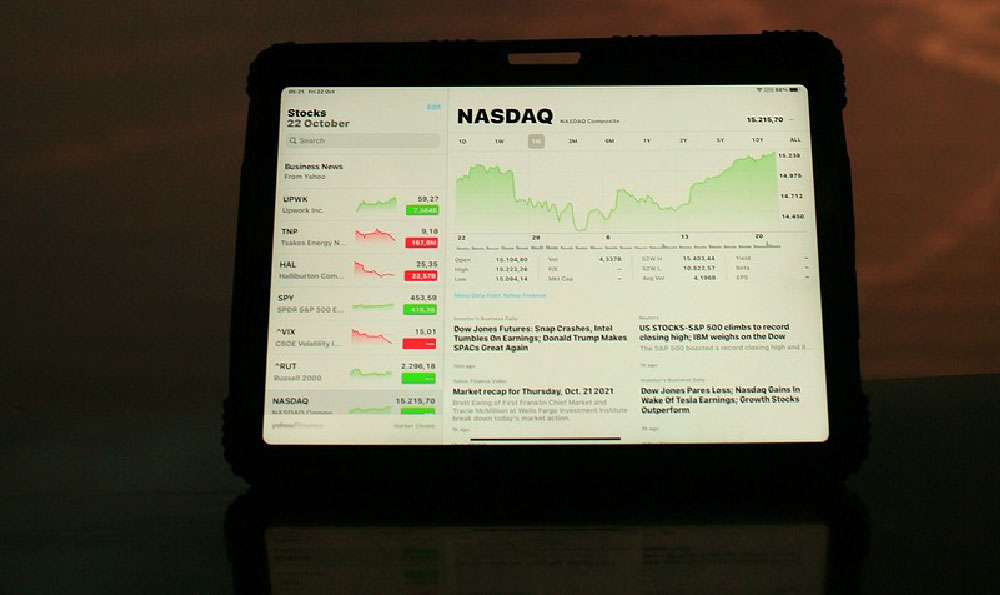Are you selling art online? How can you make money?
Alright, let's talk about transforming your online art endeavors into a profitable venture. Navigating the world of selling art online can feel like stepping into a vast gallery with millions of potential visitors. But without a proper strategy, your masterpieces might simply fade into the background noise. The key to success isn’t just creating stunning art; it's about building a sustainable business around your creative passion.
Firstly, let's address the foundation: your online presence. Think of it as building your virtual art studio. You need a dedicated platform to showcase your work. While social media platforms like Instagram, Pinterest, and Facebook are excellent for exposure and engagement, they shouldn't be your sole selling point. Consider establishing your own website or online store. Platforms like Shopify, Etsy, Squarespace, and Wix offer user-friendly interfaces that allow you to create a professional-looking online gallery without extensive coding knowledge.
Your website should be more than just a catalog of your art. It needs to be a reflection of your brand, your artistic vision, and your personality. High-quality images are paramount. Invest in professional photography or learn how to photograph your work effectively using natural light and a decent camera. Ensure your images are optimized for the web – large enough to showcase detail but compressed to avoid slow loading times.

Beyond aesthetics, your website needs clear and concise information. Each piece of art should have a detailed description including its medium, dimensions, creation date, and the story behind it. Pricing should be transparent and clearly displayed. Don't be afraid to justify your pricing; explain the materials used, the time invested, and your artistic experience. Shipping costs and return policies should also be readily accessible.
Now, let's talk about marketing. Building a captivating online presence is only half the battle; you need to drive traffic to your virtual gallery. Search engine optimization (SEO) is crucial. Research relevant keywords that potential buyers might use when searching for art similar to yours. Incorporate these keywords into your website copy, image alt tags, and blog posts.
Content marketing is another powerful tool. Create blog posts or articles that delve into your artistic process, explore the inspirations behind your work, or offer insights into the art world. This not only provides valuable content for your audience but also boosts your SEO.
Email marketing remains a highly effective way to connect with potential buyers. Build an email list by offering a free download, a discount code, or early access to new artwork in exchange for email sign-ups. Regularly send out newsletters featuring your latest creations, upcoming exhibitions, or exclusive promotions. Personalize your emails to create a stronger connection with your subscribers.
Leverage social media strategically. Don't just post images of your art; engage with your audience. Share behind-the-scenes glimpses of your studio, respond to comments and messages, and participate in relevant art communities. Consider running targeted advertising campaigns on platforms like Facebook and Instagram to reach a wider audience.
Exploring different pricing strategies is essential for maximizing your income. One approach is cost-plus pricing, where you calculate the cost of materials and labor and add a markup for profit. Another is value-based pricing, where you price your art based on its perceived value and uniqueness. Research the pricing of similar artwork by other artists to get a sense of the market rate. Consider offering different sizes or formats of your art at varying price points to cater to a wider range of budgets. Prints, for example, can be a great way to generate income from your original artwork.
Don't underestimate the importance of customer service. Respond promptly to inquiries, provide helpful information, and go the extra mile to ensure your customers are satisfied with their purchase. Positive reviews and testimonials can be incredibly valuable for building trust and credibility.
Building relationships with galleries and art consultants can also open doors to new opportunities. Research galleries that specialize in art similar to yours and consider submitting your work for consideration. Art consultants can connect you with collectors and interior designers who are looking for specific types of art.
Protecting your intellectual property is crucial in the online world. Watermark your images to prevent unauthorized use or reproduction. Consider registering your copyright to legally protect your artwork. Clearly state your copyright policy on your website.
Finally, remember that selling art online is a marathon, not a sprint. It takes time and effort to build a successful business. Be patient, persistent, and adaptable. Continuously experiment with different strategies, track your results, and adjust your approach as needed. Invest in your professional development by attending workshops, conferences, and online courses to hone your artistic skills and business acumen.
The online art market is dynamic and competitive, but with a strategic approach, a strong online presence, effective marketing, and a commitment to providing excellent customer service, you can transform your passion for art into a sustainable and profitable source of income. Remember to always learn, adapt, and refine your strategy to stay ahead of the curve in this ever-evolving digital landscape. Good luck!















